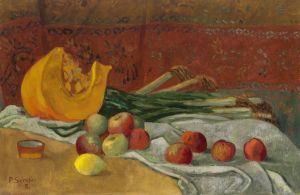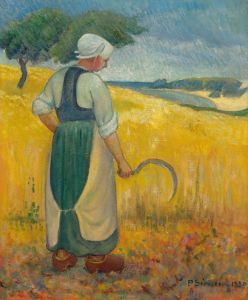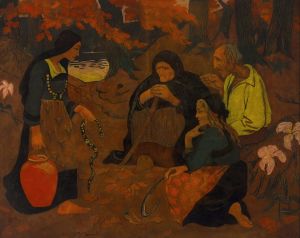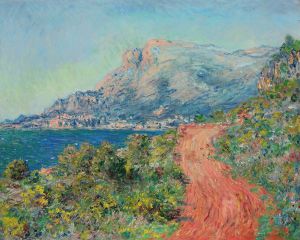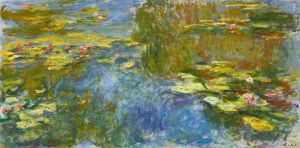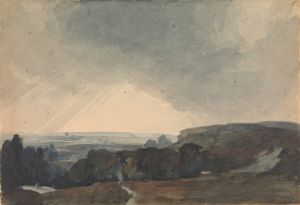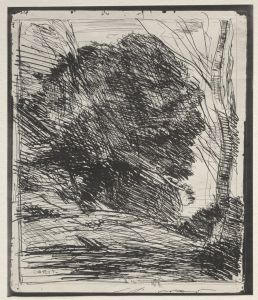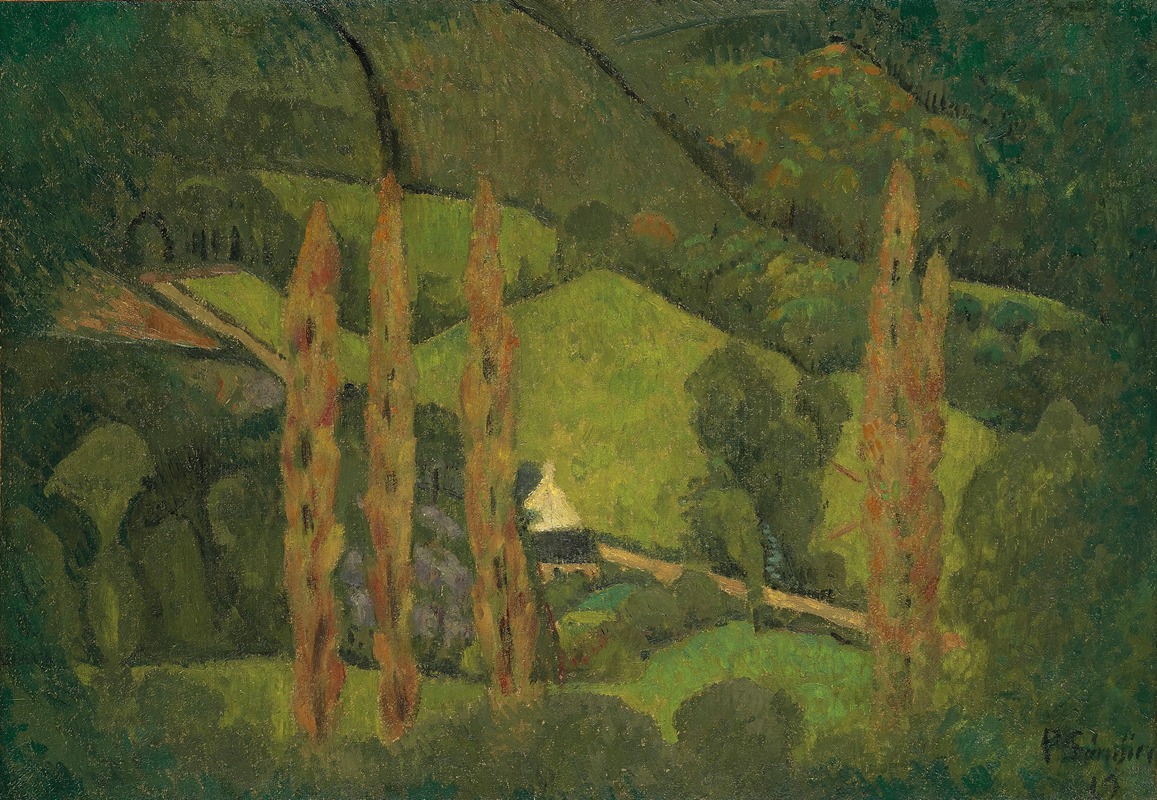
Paysage vert, Vallée de Châteauneuf
A hand-painted replica of Paul Sérusier’s masterpiece Paysage vert, Vallée de Châteauneuf, meticulously crafted by professional artists to capture the true essence of the original. Each piece is created with museum-quality canvas and rare mineral pigments, carefully painted by experienced artists with delicate brushstrokes and rich, layered colors to perfectly recreate the texture of the original artwork. Unlike machine-printed reproductions, this hand-painted version brings the painting to life, infused with the artist’s emotions and skill in every stroke. Whether for personal collection or home decoration, it instantly elevates the artistic atmosphere of any space.
Paul Sérusier's "Paysage vert, Vallée de Châteauneuf" is a notable work by the French Post-Impressionist painter, who was a key figure in the development of the Nabi movement. Sérusier, born in 1864, was heavily influenced by the Symbolist movement and the works of Paul Gauguin, which is evident in his use of bold colors and simplified forms.
The painting "Paysage vert, Vallée de Châteauneuf" exemplifies Sérusier's approach to landscape painting, characterized by a vibrant palette and a focus on the emotional resonance of the scene rather than a realistic depiction. The title, which translates to "Green Landscape, Valley of Châteauneuf," suggests a specific geographical location in France, possibly reflecting Sérusier's interest in capturing the essence of the French countryside.
Sérusier's technique often involved the use of flat planes of color and a departure from traditional perspective, a style that was inspired by his interactions with Gauguin in Pont-Aven, Brittany. This influence is apparent in "Paysage vert, Vallée de Châteauneuf," where the landscape is rendered with a sense of harmony and rhythm, emphasizing the spiritual and symbolic aspects of nature.
The painting is a testament to Sérusier's commitment to the ideals of the Nabis, a group of avant-garde artists who sought to transform art by focusing on the spiritual and symbolic dimensions of their subjects. The Nabis, whose name means "prophets" in Hebrew, were interested in exploring the connections between art and spirituality, and Sérusier's work often reflects these themes.
"Paysage vert, Vallée de Châteauneuf" is characterized by its use of green tones, which dominate the composition and create a sense of tranquility and unity. Sérusier's application of color is not merely decorative but serves to evoke an emotional response from the viewer, aligning with the Symbolist belief in the power of color and form to convey deeper meanings.
The painting's composition is likely structured around Sérusier's understanding of the landscape as a living entity, imbued with its own spirit and vitality. This approach aligns with the broader Symbolist movement, which sought to transcend the mere representation of the physical world and delve into the realms of emotion and imagination.
While specific details about the creation and exhibition history of "Paysage vert, Vallée de Châteauneuf" may not be extensively documented, the work remains an important example of Sérusier's artistic philosophy and his contributions to the Post-Impressionist movement. It reflects his dedication to exploring the interplay between color, form, and meaning, a pursuit that has left a lasting impact on the trajectory of modern art.
In summary, Paul Sérusier's "Paysage vert, Vallée de Châteauneuf" is a significant work that captures the essence of the Nabi movement and the Symbolist influences that shaped his artistic vision. Through its vibrant use of color and symbolic representation of the landscape, the painting invites viewers to engage with the deeper emotional and spiritual dimensions of the natural world.





